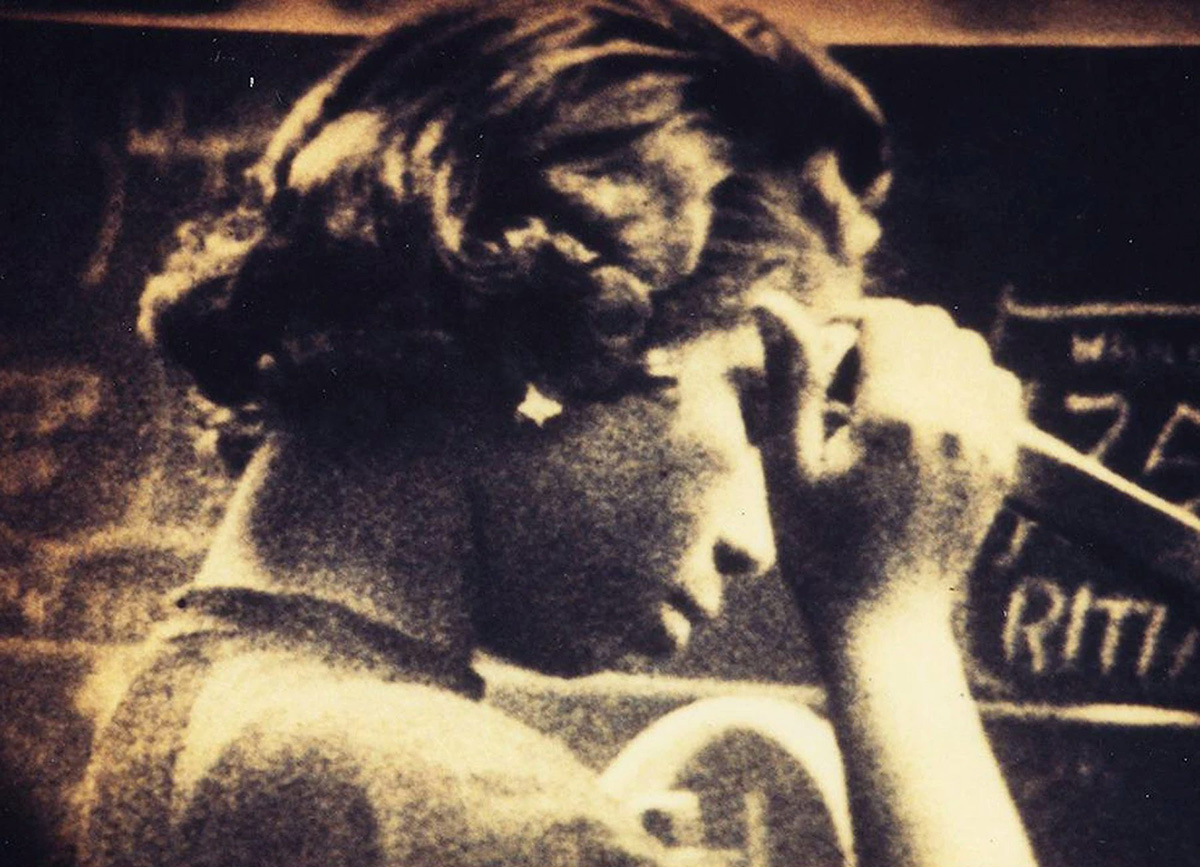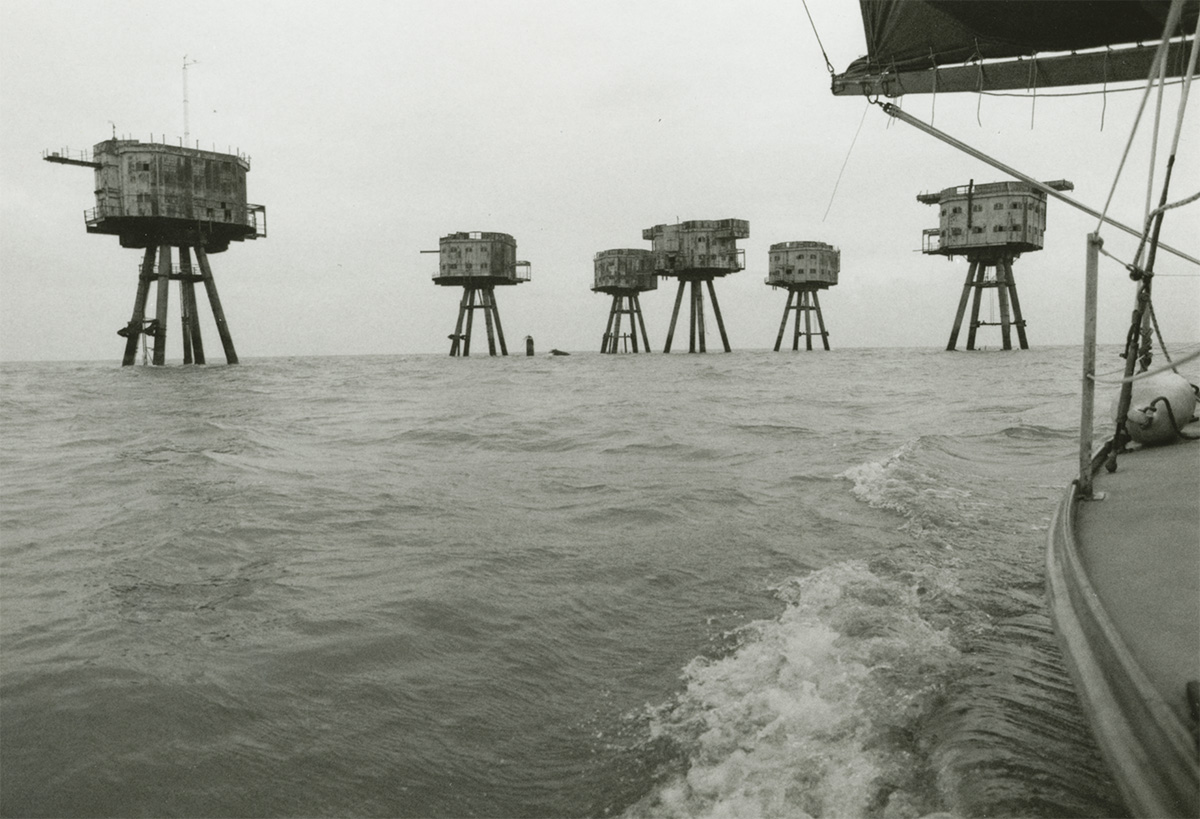SCREENING TWO - Handsworth Songs / Thames Film
Introduced by Kodwo Eshun & Louis Henderson
Courtisane is een platform voor film en audiovisuele kunsten. In de vorm van een jaarlijks festival, filmvertoningen, gesprekken en publicaties onderzoeken we de relaties tussen beeld en wereld, esthetiek en politiek, experiment en engagement.
Courtisane is a platform for film and audiovisual arts. Through a yearly festival, film screenings, talks and publications, we research the relations between image and world, aesthetics and politics, experiment and engagement.
Introduced by Kodwo Eshun & Louis Henderson

Handsworth Songs is een filmisch essay over ras en burger-oproer in het Groot-Brittannië van de jaren 1980, dat als uitgangspunt de rellen neemt van september en oktober 1985 in de Birminghamse wijk Handsworth en in de Londense binnenstad. De rode draad van de film is het idee dat de ongeregeldheden het resultaat waren van langdurige onderdrukking van de zwarte minderheid door de Britse samenleving. De film geeft burgeroproer weer als sleutel tot een geheime geschiedenis van ongenoegen, verbonden met het nationale drama van industrieverval. “Om het spreekwoordelijke puin in Handsworth te ruimen moest het BAFC de brokstukken ordenen, en zodoende kwamen de teksten, geluiden en beelden tot leven in een audio/visuele stijl."
“The feeling of disjuncture is reflected not only in the jump cuts of the film’s narrative discontinuity — moving between archival photographs, newsreel fragments, media reportage, and on-site interviews — it is also deeply anchored by the sombre aural pulse, the disjunctive syncopation of the snare drum beat, the mournful reverb of the dub score that sustains a quiet rage. Though ostensibly addressing the issues of policing, Handsworth Songs reflects more profoundly the agency of the oppressed; it narrates their stories, not purely from the point of view of the event from which it derives its name, but equally through an archaeology of the visual archive of minoritarian dwelling in Britain. As is often the case in BAFC’s work, the ghosts of those stories inform the notion of a historically inflected dub cinema whose spatial, temporal and psychic dynamics relays the scattered trajectories of immigrant com munities.” (Okwui Enwezor)

Filmend vanuit een lage kleine boot probeert William Raban het perspectief van de Theems te capteren, langs de 70 km die de rivier aflegt van hartje Londen naar de open zee. Hij doorspekt zijn verslag met beelden van Breugels Triomf van de dood en T.S. Eliot die Four Quartets voorleest. Zijn hedendaagse blik is ingebed in een historische context, door het gebruik van archiefbeelden en teksten van de reisschrijver Thomas Pennant, die in 1787 precies dezelfde route volgde.
“This is a vision of the dark Thames, of ‘Old Father Thames’ as an awful god of power akin to William Blake’s Nobodaddy; and, in Blake’s poem, Jerusalem, ‘Thames is drunk with blood’. In this film there is something fearful about the river, something monstrous, recalling Conrad’s line in Heart of Darkness that ‘... this also has been one of the dark places of the earth’. Walking along the banks of the Thames, down river, approaching the estuary, it is possible to feel great fear. One of the possible derivations of the word Thames itself is tamasa meaning ‘dark river’; the word is pre-Celtic in origin, so we have the vision of an ancient, almost primeval, time. And yet there is beauty and sublimity in terror. Raban has learned something from the great artists of the river, such as Turner and Whistler, and portrayed the Thames as clothed in wonder.” (Peter Ackroyd)